Review GSM phone Nokia 2652

Nokia 2652. Live pictures
Package:
- Handset
- Battery
- Charger
- Manual

Having launched its Nokia 2650, the company of Nokia conquered a great share of the market of low-end clamshells. It pressed other players dramatically, and particularly Motorola. The necessity to renew this solution matured long ago, and the company decided not to search for new forms, but applied a cosmetic renewal. Three new body colours (brown, golden and silvery).
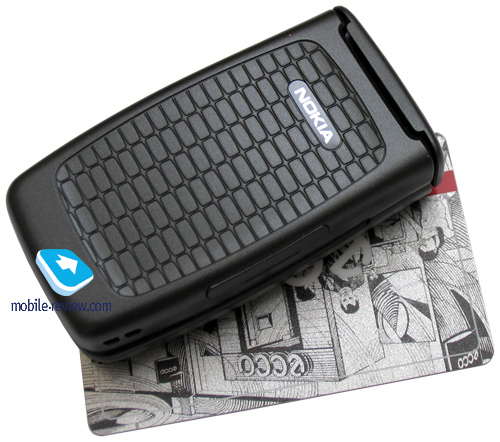
The construction of the clamshell is unordinary; it may be opened in an angle of almost 180 degrees. Its internal surface is of
rubber and resembles the one similar in Nokia 1100 (the key block). The classic joint is absent here and a spring hidden behind a
rectangular insertion plays its role. The device may be opened and closed easy and the spring like finishes the last quarter of
the motion by itself.
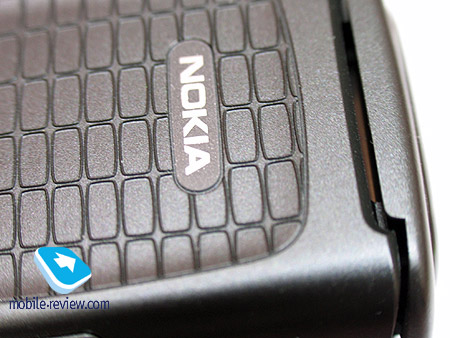
The outer surface of the device has prominent ribs. This makes its unusual appearance and ennobles the model. In
general the device looks more expensive than it should for its target group, Motorola's engineers tried to achieve the same effect
in a line of their products (the most known is С350). In general this class of products may be characterized with a slogan "look expensive and cost reasonably".
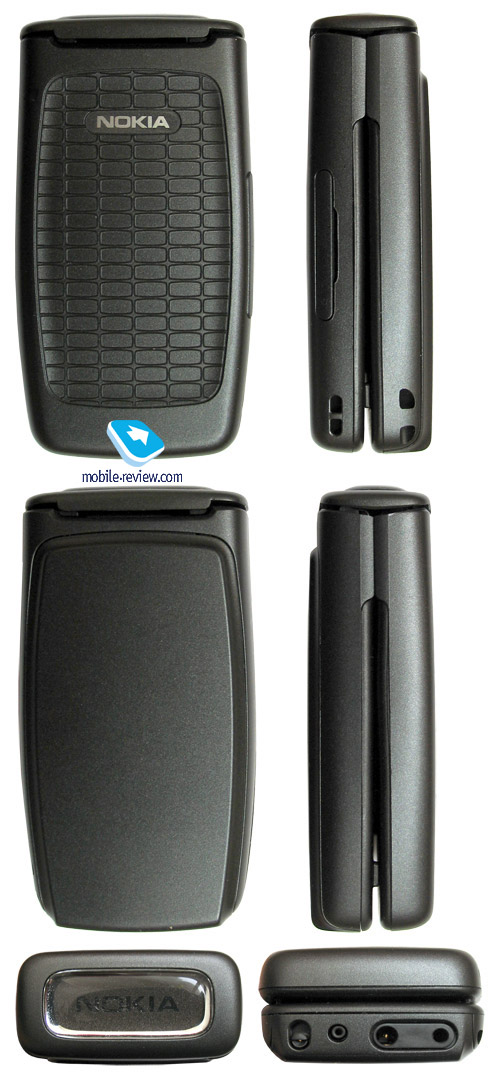
There are no any control buttons on the outer surface of the phone and there is only a SIM-card connector on the right surface. Having pulled the slide rails out you may insert a card. Opening the connector while the phone works doesn't lead to its turning off, that's enough to close the connector and the device will start working again and registering in the network. The manual advises not to do that. I liked the function since it is not so long to get the card out and insert another one. It is necessary to get used to the process of changing the card, that's hard to take the card out for the first time.
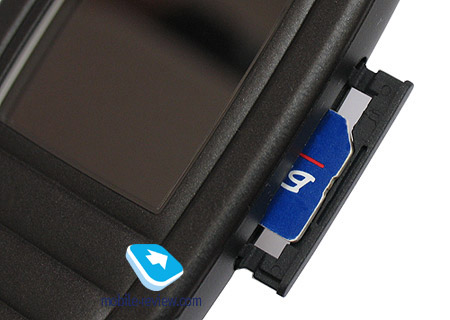
A connector for a handsfree headset, a charger and a microphone hole are on the bottom end of the phone. A catch fixing the back panel may also be seen here. There are no any backlashes and a Li-Ion battery is behind it (760 mAh, BL - 4C). But you won't need to open the battery module.
According to the manufacturer the battery is capable of working for 300 hours in the standby mode and up to 3 hours in the talk mode. In Moscow the device worked for 5 days in case of 45 minutes of talk time. Full charging takes a bit less than 2 hours.
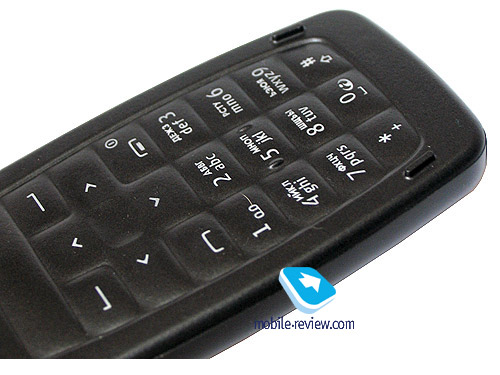
A keypad is comfortable and the keys have a back motion that makes working more comfortable. A navi button doesn't have an OK key and it is necessary to use soft keys. The keypad backlighting is white; it is even and very bright and may be seen well in different conditions.
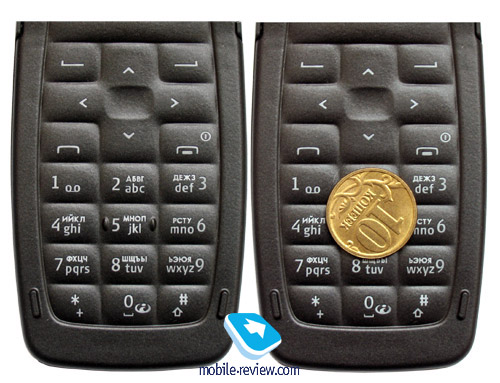
There is a light indicator that works at incoming call or other event, the device starts blinking on the sides (in a closed mode in the middle of the body). The backlighting color is blue and the function may be turned off by your wish.

Special prominent parts of the keyboard prevent keys from pressing the screen in a closed mode.
The dimensions are 85 x 46 x 22.9 mm thus the clamshell is not large may be a bit thick. The weight is 97 grams.
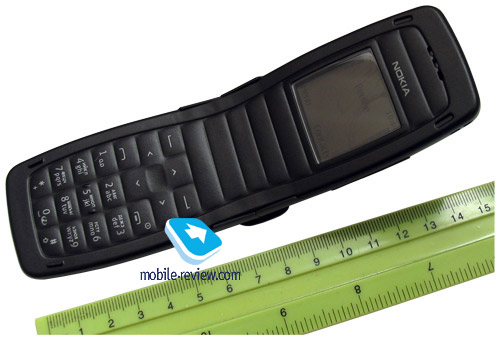
The screen is completely the same as in the first models based on the 40 platform and shows up to 4096 colors, 5 text lines. The resolution is 128x128 pixels; the quality of the picture is not very high but is acceptable for the low-end device. The screen fades in the sun.
Menu
The menu is typically vertical (an icon and a name), there is a possibility to arrange the most frequently used functions in a personal menu. The total memory size is about 1 MB, the memory is shared dynamically. Fast navigation using digital series works in the menu just after entering it.
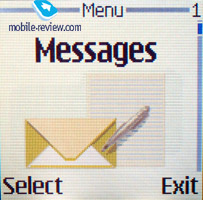 
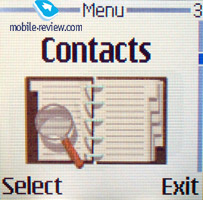 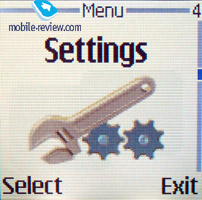
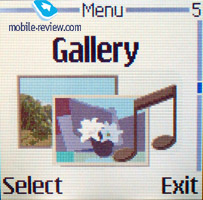 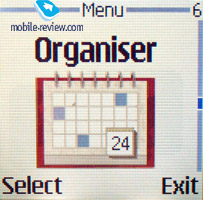
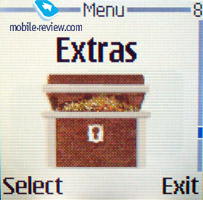 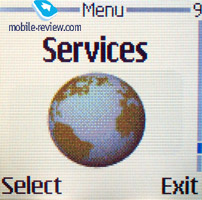
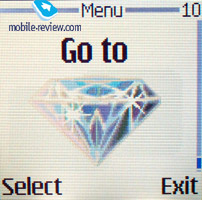
Phonebook. It is possible to keep up to 255 names in the internal memory and it is the maximum number of entries. It is achievable if you enter not much information for a name, just one or two fields. And with medium filling, that is 6-7 fields for a name you may keep about 100 entries but not more. As it have already become clear it is possible to enter up to 5 numbers for a name and choose a type of the number (primary, mobile, home, office, fax). The first entered number becomes a default one and may be changed later if you wish. When entering the number for the first time, you type in only a name and one main number, all the other things are committed later from the edit menu. One may consider this not very comfortable, one will on the contrary say that keeps only one number for a name. Both will be right. Considering that similar input is realized in all the phones by Nokia, we'll surely say that it makes no troubles.
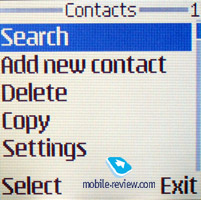 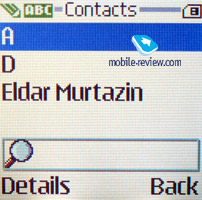
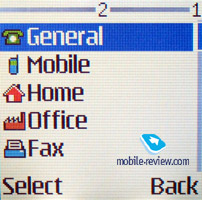 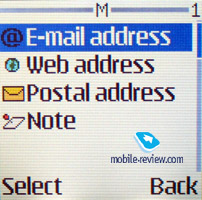
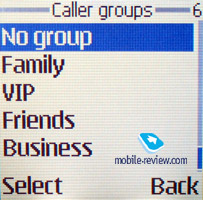 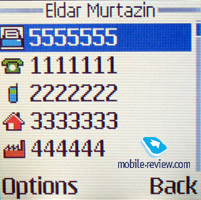
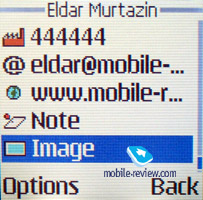 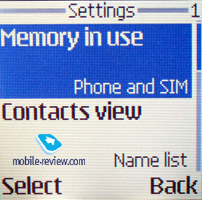
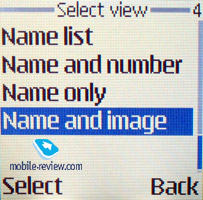 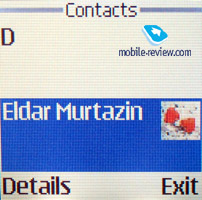
E-mail address, site url, post address and text note may be set as extra information to a number.
There are only 5 users' groups in the phone that is not typical for the phones by Nokia. And a special call melody may be set for a group.
Assessing the whole comfort of the phone book it is possible to say that it is average. On the one hand, there are a lot of fields in it, on the other hand its input capabilities are more convenient for working with a PC and not for the phone. I'd like to stress that the phone book in general is typical for devices by Nokia and there are no any principal changes that means improvements.
Messages. The device supports Nokia's standard - Smart Messaging that allows sending and receiving melodies and simple black-and-white pictures from the compatible phones. Also the same standard is supported by Samsung, LG and some new devices by Motorola. There are up to 10 graphical templates in the internal memory specially for such messages. Unfortunately, the company's standard limits users because the alternative EMS standard, which is spread wider today, allows not only to send melodies and pictures but also format texts. In European countries EMS standard is very popular and ignoring it in the products by Nokia may be considered as a big disadvantage. In Russia only the most popular operators provide the technology and in the regions the presence or absence of this standard is not so critical. This may be disputable but the absence of EMS is still a minus for the phones by Nokia.
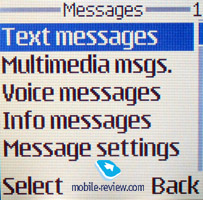 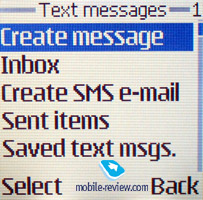
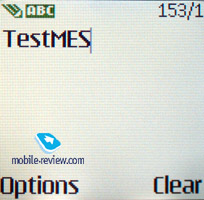 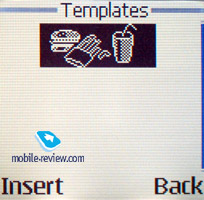
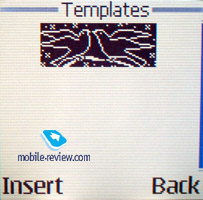 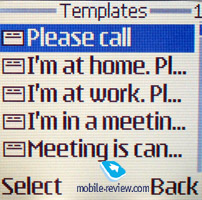
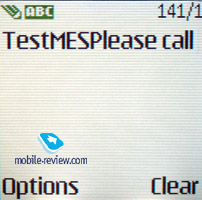 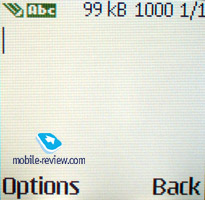
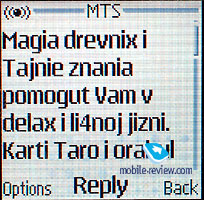
The company considers MMS possibility a complete substitute of EMS. And really this technology becomes ordinary and more interesting messages containing photos, colour images, melodies and so on may be created with its help. A message may be up to 100 KB in size. The realization of MMS in the phone is rather good, no any troubles appear with it.
Distribution lists are used for sending a mass message, users from the phone book memory may be added to them. That is convenient if you send messages of the same kind to your colleagues, friends. Templates, a possibility to create own folders and distributing received and sent messages between them are also realized traditionally.
Call lists. There are three lists in the phone. Every list may contain up to 20 entries. And what is convenient that the date and time of the call are displayed in the list. Pressing the Call button in the standby mode, you get the list of the last dialed numbers.
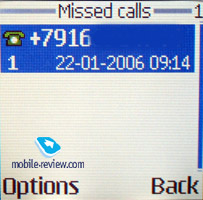 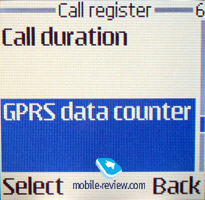
Settings. Profiles may be activated from this menu or switched quickly by pressing On/Off button. Every profile may be activated for a period of time and then the phone turns to the default profile. Sound alerts may be set for all the events, incoming call for all the calls or special users' groups. Realization of profiles in Nokia is one of the best on the market.
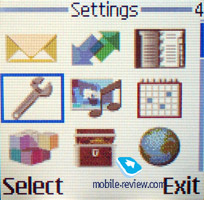
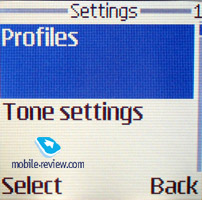 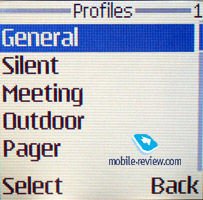
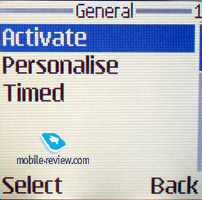 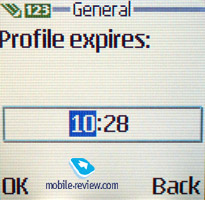
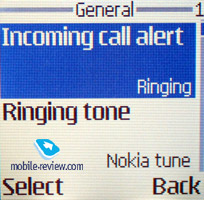
The screen settings allow choosing its color scheme, wallpaper and a screen saver. The screen saver is a picture that is displayed in the standby mode when the backlighting is not active. It is worth choosing one of the preset pictures, they are seen better in this mode than loaded full colour images.
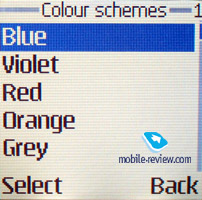 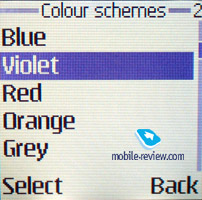
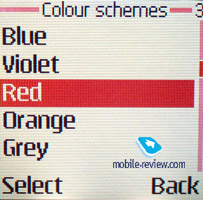 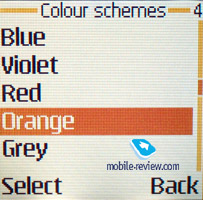
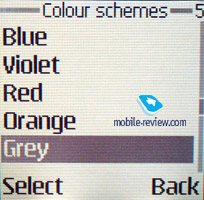 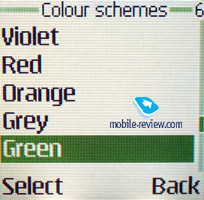
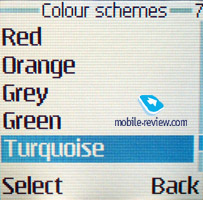 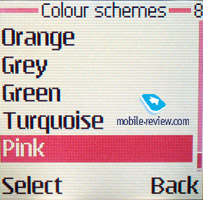
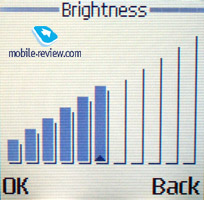 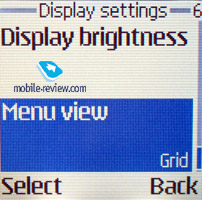
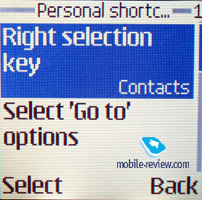 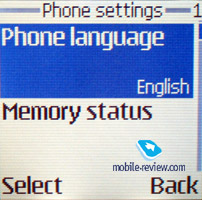
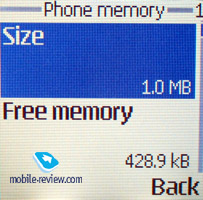 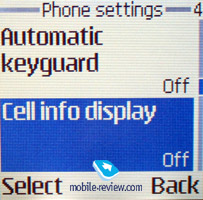
There is an automatic key lock in the phone, you also may set a special security code in order to nobody could use your phone.
Gallery. Here all the folders that contain different files are gathered, they have corresponding names. There is a possibility to view the folders as a list, a list with names or icons.
 
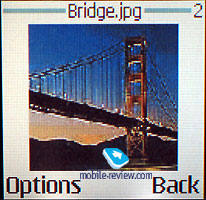 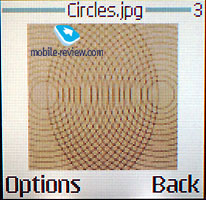
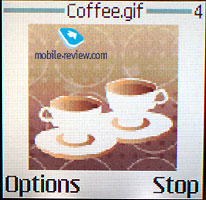
Organizer. You may keep from 50 to 100 entries in the memory and everything depends on their length, there is an automatic erasing of the old entries (by the time characteristic). There is a month and week view of the calendar, the last view has a division into hours, there is a quick switch to an entered date. There is a possibility to enter up to 5 different events (meeting, call, birthday, reminder, memo). A notification may be assigned to an event, they may be recurrent.
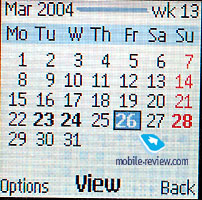 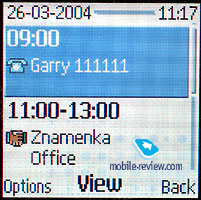
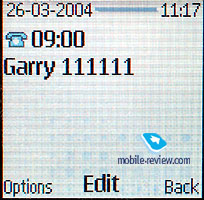 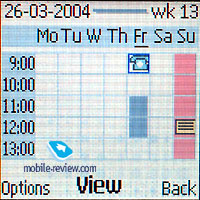
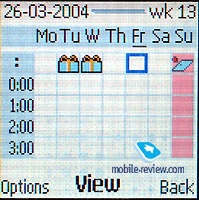 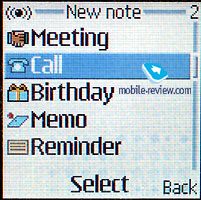
A to-do list allows to create events with three priorities (high, normal and low), and set a critical date for every event.
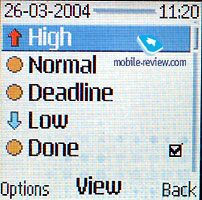 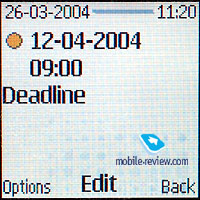
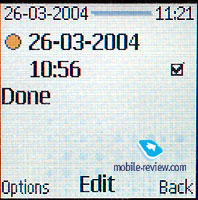
Alarm clock allows to set both once or recurrent signal
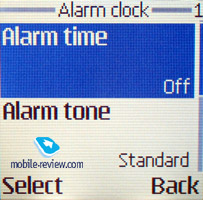
Applications. All the preset Java-applications are here, also standard functions as a calculator, countdown timer, stopwatch (with intermediate results). There are three games in the phone, they are Bounce, WaterRapids, Soccer.
 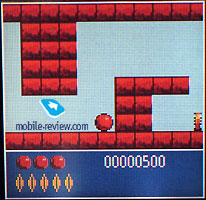
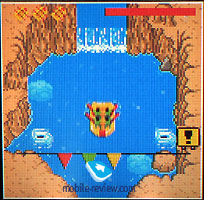 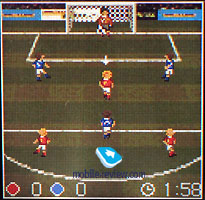
Services. The device supports batch communication while a wap-browser version is 1.2.1 (also a support for xHTML, which makes it compatible with standard 2). Subjectively the speed of loading pages in the browser is not very high, showing images takes time and the phone switches between pages very slowly. We used devices by Samsung to compare and loading the same pages took less time.
Impressions
As for the connection quality Nokia 2652 is a typical phone based on the 40th platform, there are no any troubles with it. Vibrating alert is average in the power or even a bit weaker (as compared with usual devices of the 40 platform the phone sounds weaker). The 40-tones polyphonic signal is not very loud and it may be missed.
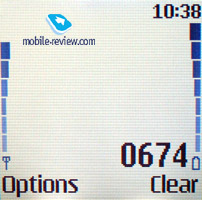 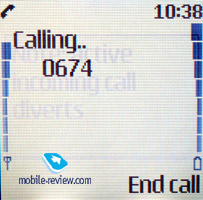
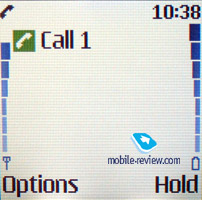 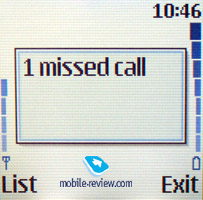
The device prepossesses with the design and it is its strong and weak point at the same time. The model will be up to those ones who can distinguish but doesn't want to spend great money on a phone. The model is interesting as a low-end solution and as an alternative to cheap Korean clamshells. Its price is the same as for Nokia 2650 and forms 120-125 USD. One model replaced another one and there is no any difference between them.
Eldar Murtazin (eldar@mobile-review.com)
Translated by Maria Mitina (maria.mitina@mobile-review.com)
Published — 31 January 2006
Have something to add?! Write us... eldar@mobile-review.com
|

















































































